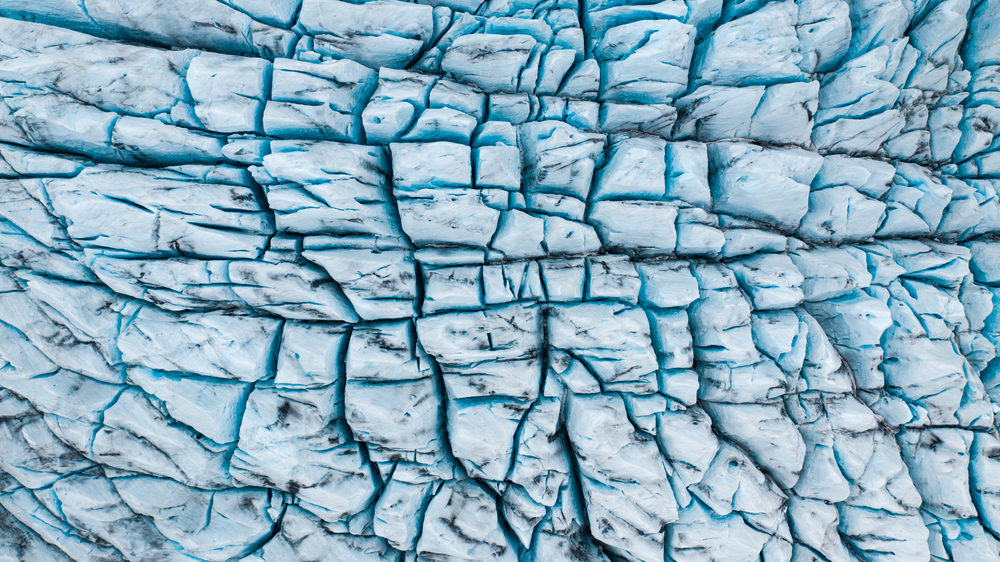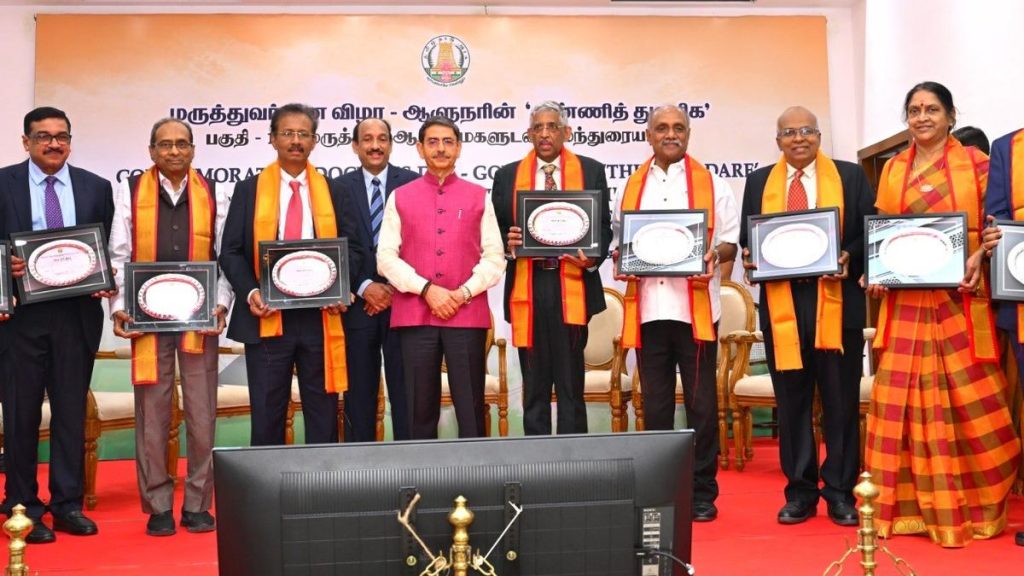Now Reading: Antarctica’s Doomsday Glacier Shows Cracked Surface in New Observations
-
01
Antarctica’s Doomsday Glacier Shows Cracked Surface in New Observations
Antarctica’s Doomsday Glacier Shows Cracked Surface in New Observations

Quick Summary
- Doomsday Glacier Threat: The thwaites Glacier in Antarctica, often called the “Doomsday Glacier,” is collapsing rapidly. It loses around 50 billion tons of ice annually and contributes to 4% of global sea level rise.
- Significance: The glacier acts as a barrier for the West Antarctic Ice Sheet. Its collapse could accelerate ice loss from the region,perhaps raising sea levels by up to 11 feet in the long term.
- Research Insights:
– Recent studies show contrasting results on its instability: while tidal currents are melting it from below, some models suggest its ice cliffs could stabilize in future scenarios.
– Satellite data collected between 2018 and 2024 has revealed significant fracturing on the glacier’s eastern side compared to its relatively stable west.Causes include warmer winter air, reduced sea ice, and ocean circulation changes beneath it.
- Scientific Efforts: Researchers are developing new methods using high-resolution satellite imaging (e.g., NASA’s ICESat-2) to track fractures effectively and provide early warnings about breakage points.
- Future Uncertainty:
– Parts of the glacier may collapse within a decade, while total disintegration might take up to two centuries.
– Geoengineering proposals exist but face important technological and financial barriers.
Indian Opinion analysis
the acceleration of melting in Antarctica’s Doomsday Glacier carries profound implications for India due to rising sea levels.With over half of India’s population living along coastal regions such as Mumbai, Chennai, and Kolkata-which are already battling climate adaptive challenges-a surge in sea levels would exacerbate socioeconomic vulnerabilities like displacement due to flooding or loss of livelihoods tied to coastal economies.
India must engage closely with international climate mitigation efforts while strengthening domestic policies focused on resilience-building. Investments in scientific research partnerships (e.g., polar study programs), lasting coastal urban planning practices tailored for higher seas, and renewable energy adoption will be essential pathways forward. While immediate dangers seem distant given timelines projected up to two centuries for full collapse, early planning remains key as smaller disruptions can still disproportionately effect vulnerable populations.
Together, this advancement underscores humanity’s shared climate responsibility-making India’s participation at platforms like COP28 critical both diplomatically and scientifically.























